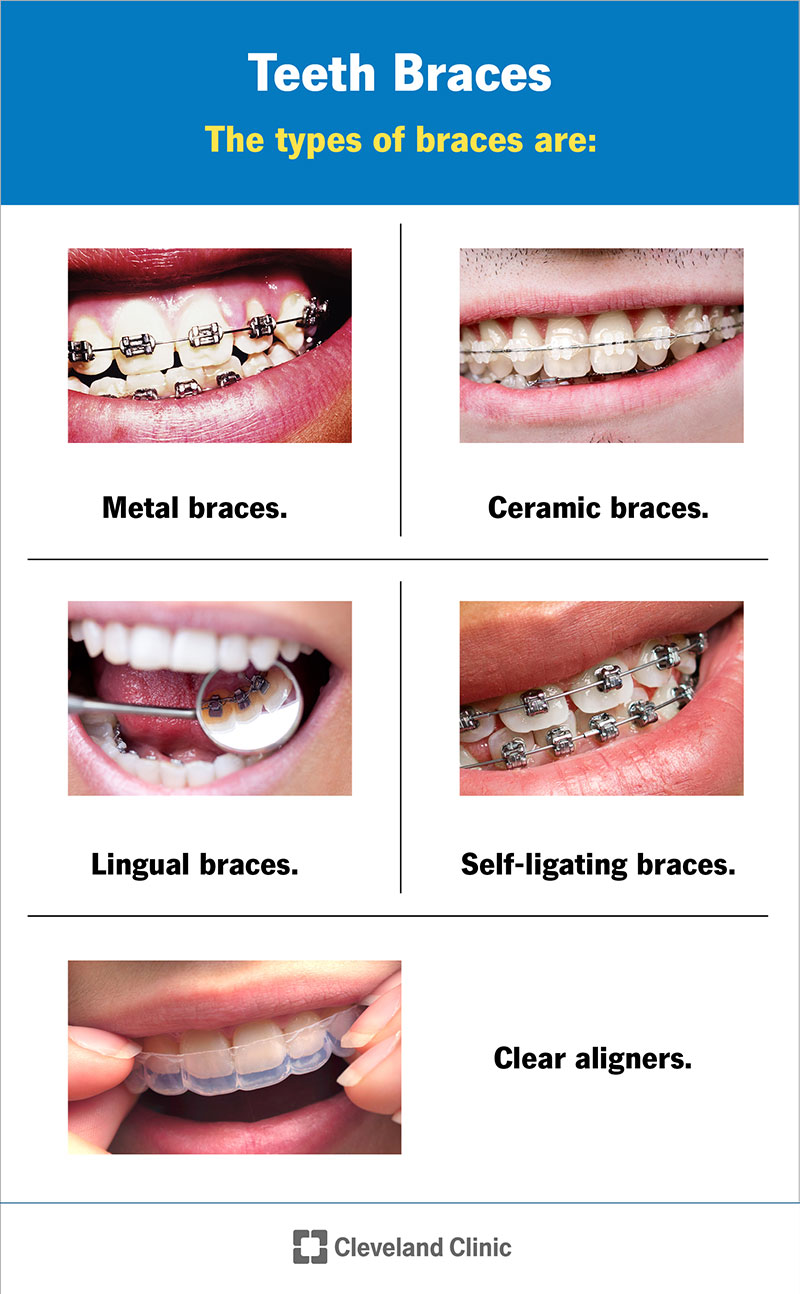How Cumming Orthodontics Can Transform Your Smile with Invisalign and Braces
How Cumming Orthodontics Can Transform Your Smile with Invisalign and Braces
Blog Article
Comprehensive Guide to Orthodontics Procedures for Correcting Oral Misalignments
Recognizing the complexities of each procedure, including their devices, benefits, and possible drawbacks, is critical in making notified choices about one's orthodontic treatment. As we browse with the extensive overview to orthodontic procedures for remedying dental misalignments, the detailed details of each technique will certainly unfold, dropping light on the course towards a harmonious and useful dental placement.
Orthodontic Procedures Overview

Normal changes and surveillance are crucial parts of orthodontic therapy to make certain progression is on track and to make any type of necessary alterations along the way. By going through orthodontic treatments, individuals can not only attain a straighter smile yet also enhance their general oral health and feature.
Conventional Dental Braces: How They Function
When considering orthodontic treatments for dental imbalances, typical dental braces stand apart as a reliable approach for correcting teeth positioning. Conventional dental braces contain braces, cords, and bands that interact to use constant stress on the teeth, gradually moving them into the wanted alignment. The brackets are connected to the teeth utilizing an unique adhesive, and the cords are threaded via the braces. By readjusting the stress of the cords, orthodontists can regulate the direction and force put on each tooth, assisting them right into appropriate positioning gradually.
One trick facet of exactly how conventional braces job is the procedure of bone improvement. As pressure is put on the teeth with the dental braces, the bone bordering the teeth is reshaped to support the brand-new tooth settings. This renovation is necessary for the long-lasting stability of the corrected placement. Individuals will need routine adjustments at the orthodontist's workplace to guarantee the braces remain to apply the proper pressure for reliable teeth motion.
Undetectable Aligners: Benefits And Drawbacks
These clear, personalized trays are basically unseen when used, making them an appealing alternative for individuals seeking a much more cosmetically pleasing orthodontic treatment. People can remove the aligners before consuming or brushing their teeth, decreasing the threat of food obtaining stuck in the appliance and simplifying the cleaning procedure.

Surgical Orthodontic Options
Surgical interventions in orthodontics present sensible options for dealing with complex dental misalignments that may not be effectively settled via conventional orthodontic therapies. While traditional braces and undetectable aligners can correct several orthodontic issues, certain cases call for medical intervention to achieve optimal results. Surgical orthodontic choices are typically advised for serious malocclusions, substantial jaw disparities, and situations where the underlying bone framework requires modification to attain proper placement.
One typical surgical orthodontic treatment is orthognathic surgical treatment, which involves rearranging the jaws to remedy functional problems such as problem chewing or speaking. This surgical treatment is frequently carried out in collaboration with an orthodontist that helps straighten the teeth prior to and after the treatment. Surgical orthodontics may likewise include procedures to subject impacted teeth, get rid of excess periodontal cells, or reshape the jawbone to develop a more unified facial profile.
Before taking into consideration medical orthodontic choices, patients undertake a comprehensive assessment to determine the need and possible advantages of such treatments. cumming orthodontist. While surgery might seem difficult, it can dramatically boost both the feature and aesthetic appeals of the smile in situations where traditional orthodontic see here therapies fail
Retainers and Post-Treatment Care

Post-treatment treatment involves complying with the orthodontist's directions carefully. This might consist of correct dental health techniques, going to follow-up consultations, and wearing the retainers as prescribed. Failure to follow post-treatment care directions can result in regression, where the teeth slowly return in the direction of their original settings. Constant retainer wear, great dental health, and normal dental exams are necessary for maintaining the results attained with orthodontic surgical treatment and making certain the lasting security of the dealt with oral alignment.
Conclusion
In final thought, orthodontic procedures supply different options for fixing oral imbalances. Conventional dental braces use metal brackets and cords to change teeth right into appropriate positioning. Unnoticeable aligners supply a more very discreet alternative but may not appropriate for all situations. Surgical orthodontic alternatives are offered for more serious misalignments. Retainers are frequently used post-treatment to maintain the new positioning. Overall, orthodontic procedures can successfully improve oral health and wellness and aesthetic appearance.
As we browse with the comprehensive guide to orthodontic procedures for remedying oral imbalances, the intricate information of each approach will unravel, dropping light on the course toward a useful teeth bonding and harmonious oral positioning. - orthodontics
One of the most common orthodontic treatments is the usage of dental braces, which are composed of metal braces and cords that apply mild stress to progressively change teeth right into the desired position.When considering orthodontic therapies for oral misalignments, conventional dental braces stand out as a reliable technique for correcting teeth placing. Additionally, undetectable aligners may not be suitable for intricate orthodontic problems that require even more substantial teeth motion, as they are commonly advised for light to moderate situations. Retainers are tailor-made orthodontic tools designed to hold teeth in their dealt with placements after the conclusion of orthodontic therapy.
Report this page